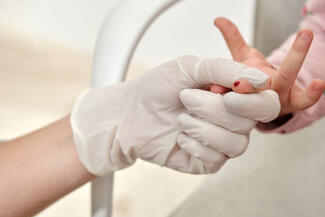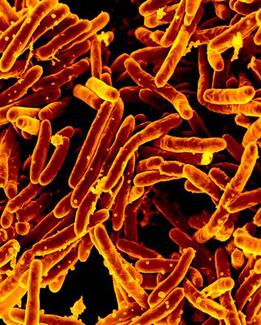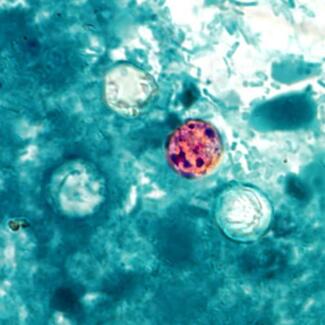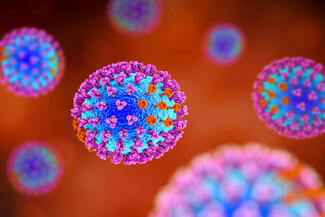The Vermont Department of Health Laboratory is no longer performing urine drug testing.
If you are an employer looking for labs certified to perform workplace drug testing, please see our listing of these labs.
If you are a caseworker, please check with your supervisor to see which lab is contracted by your organization to perform this service.
Questions? Contact us by confidential email at [email protected].





